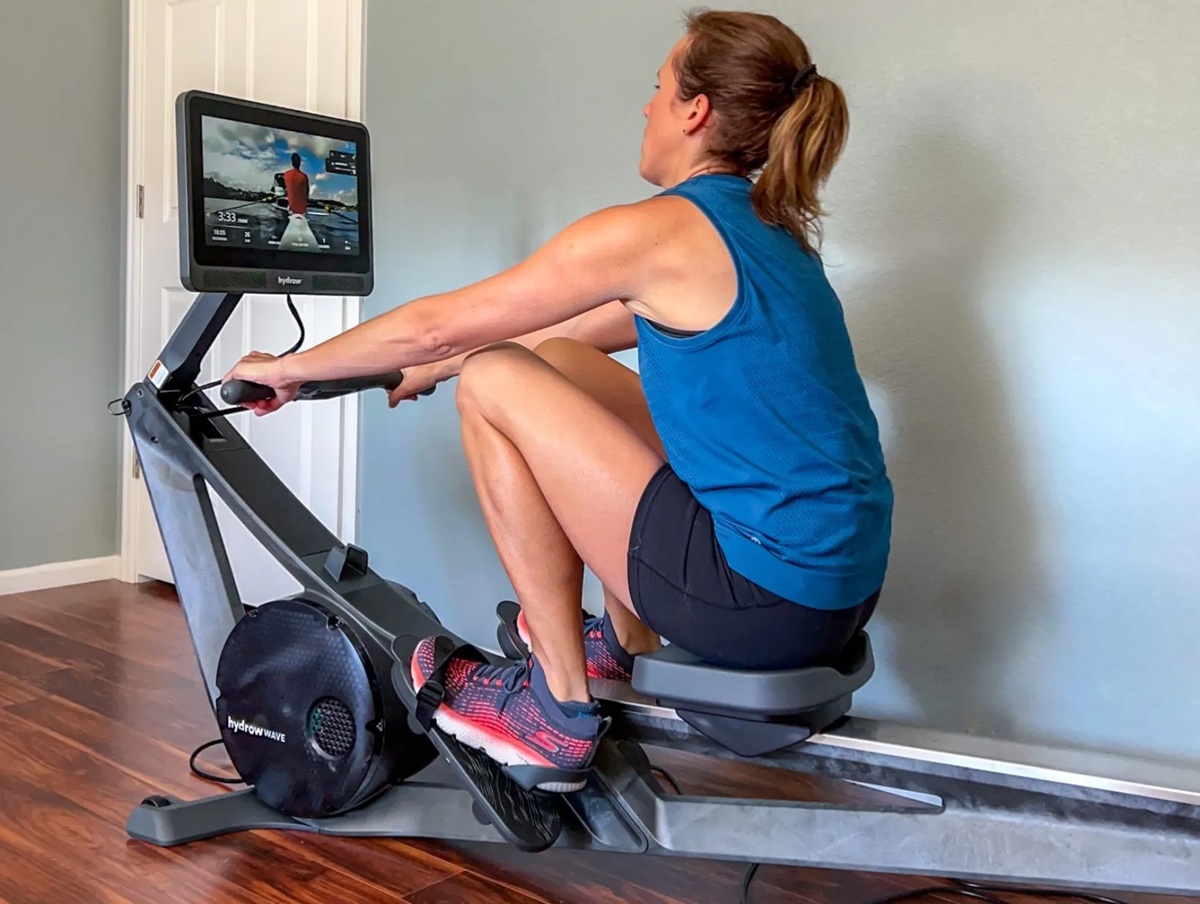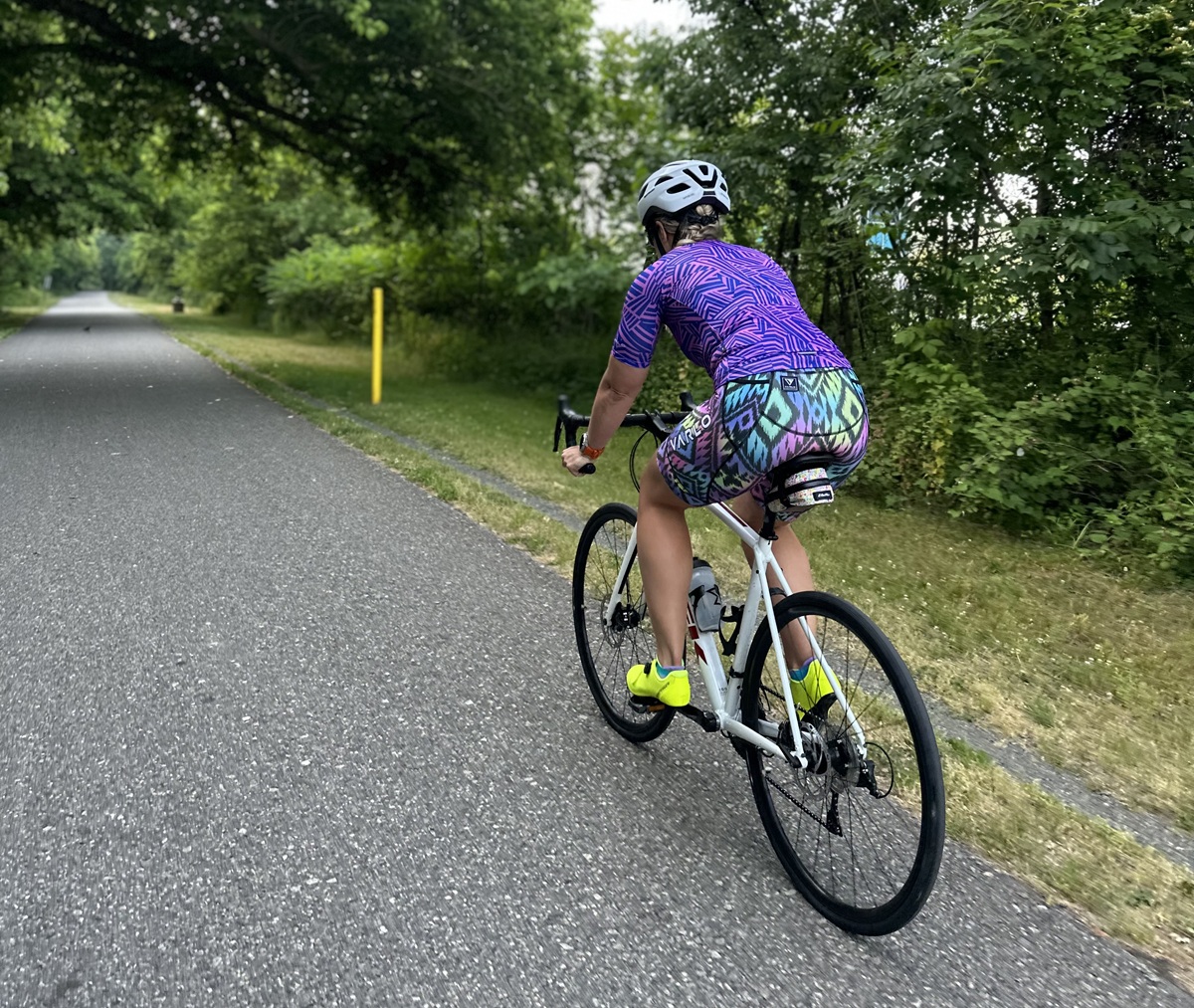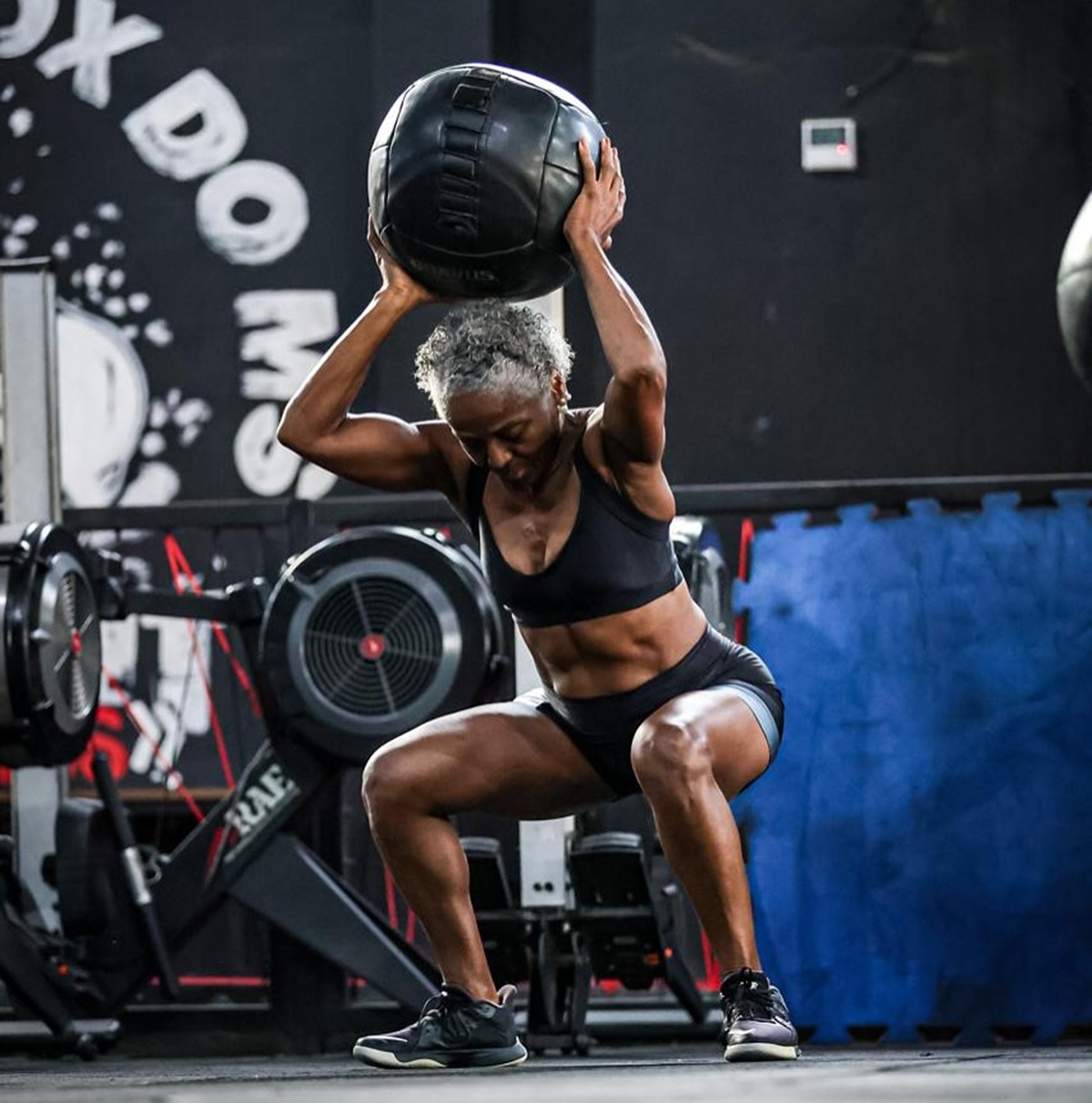If you ask most runners how to get faster, the go-to answer is usually to run more. But what if that’s not the only way? More and more runners are realizing that cardio cross-training isn’t just something for when you’re injured, it can help you become a stronger, faster runner.

We were joined on the Tread Lightly Podcast recently by Mary Johnson, founder of Lift Run Perform. Like many runners, she didn’t always believe in cross-training, she thought more miles were the only way to get better.
But after dealing with injuries, she knew there had to be a different way and it’s since changed her own front of the pack training and that of other athletes.
As a running coach, I was really excited to share this discussion and help athletes see it as a tool to improve performance, not just as something to get through an injury.
Listen to the full episode below to hear all her tips on how to incorporate cross-training into your training.
Can Cross-Training Make You Faster?
First to be clear, 100% we know that strength training for runners is important.
What we’re talking about is using cardio workouts in place of just adding more miles to your week.
Cross-training is more than just the go-to option for when you’re injured. Even elite athletes are swapping out some of their runs for lower-impact workouts to reduce the amount of stress on their bodies.
Yup, you’ve seen them out there on things like the Eliptigo!
One of the biggest benefits is that it allows you to add more aerobic training without overtraining. Increasing mileage or intensity too quickly can lead to unwanted fatigue or injury, but cross-training provides a way to keep improving endurance while giving your body a break.

It’s also a way to build intensity without being too much on your body. A tempo session on the bike or elliptical can challenge your heart and lungs just like a hard run, but at a much lower impact.
As runners, we’re only as good as what we can recover from. Mary shared that as we age, we lose qualities that help us handle higher mileage, such as strength. This is why we see professional athletes improving well into their 30s and 40s. They’re getting smarter about recovery.
Cross-training allows runners to maintain fitness while giving their bodies a break from the repetitive impact of running. If a high mileage plan is leaving you feeling drained or injury-prone, incorporating lower impact workouts could be the key to staying strong, consistent, and injury-free.
What is Cross-Training?
Cross-training is any activity that isn’t running but helps improve your endurance and overall fitness.
If you’re someone who struggles with high mileage, adding cycling or a bodyweight circuit can give you the same cardio benefits while reducing injury risk.
For example, if running 40 miles a week feels like too much, swapping with cross-training can help you reach the same goal while reducing injury risk.
For runners, this usually means activities like:
- Cycling (indoor or outdoor)
- Elliptical or Arc Trainer
- Swimming
- Aqua jogging (we highly recommend)
- Bodyweight circuits
- Rowing or Ski Erg
The goal is to give your body a break from the constant impact of running while still training in a way that supports your goals.
Instead of stressing over how many miles you need to hit each week, shift the focus to the amount of time. Mary talks about how looking at the total training hours rather than distance helps to build endurance without overloading your body.

If you’re struggling to incorporate it into your routine, try to make a small mental shift or start with things that you enjoy.
Mary said it perfectly in the episode, “You don’t have to cross-train. Like it’s a choice. And no, you’re not gonna be slow if you choose to not. At the end of the day, can it help us? Absolutely. I think many of us who have run for many years are in it for the journey now. Like if you can wrap your head that it’s part of the journey, it’s part of the training.”
You do not have to jump right in with long training sessions. Start small with a 20-minute workout of something that you enjoy. Build your routine from there and you’ll start to see yourself getting stronger, recovering faster, and staying injury-free for longer.
- You could use it in place of one easy run
- Or you could swap out one intense speed session for a hard cardio cross training session
- See what helps you feel best
- Keep testing
- Keep learning
- Keep adapting
Listen to the full episode to hear Mary’s full story about how cross-training helped her to become a stronger and faster runner.
Cross-Training vs CrossFit
Is cross-training and CrossFit a similar type of workout? Not exactly.
Now this isn’t us telling you that runners cannot do CrossFit. It’s a great type of workout but it’s not going to have the same impact that cross-training will.
CrossFit is a high-intensity workout focusing on building strength and power through a combo of Olympic lifting, plyometrics, and circuit-style workouts. While it builds overall fitness, the workouts are not always ideal for runners especially if you’re in the peak phase of a training cycle.
Heavy lifting and explosive movements can absolutely help with improving your endurance. But if you’re not balancing CrossFit sessions properly with your running, this can lead to an injury or even make you feel too tired which then negatively impacts your run workouts.
Cross-training, on the other hand, is meant to complement your running to improve your endurance and recovery. While these are meant to be lower impact, you can layer in workouts while on the bike, rower, and even in the pool to get your heart pumping.

Try using some of Mary’s tips from the episode to level up your training. We hope that you will start to see progress in becoming a stronger and a faster runner!
Looking for more cross-training tips?
- 9 Best Cross Training Workouts
- Cross Training Machines For Runners (Compared to Running)
- Free 10 Mile Training Plan Beginner and Intermediate
The post Can Cross-Training Make You Faster? appeared first on RunToTheFinish.
from RunToTheFinish https://ift.tt/mtP4Gr3
Post a Comment
Post a Comment